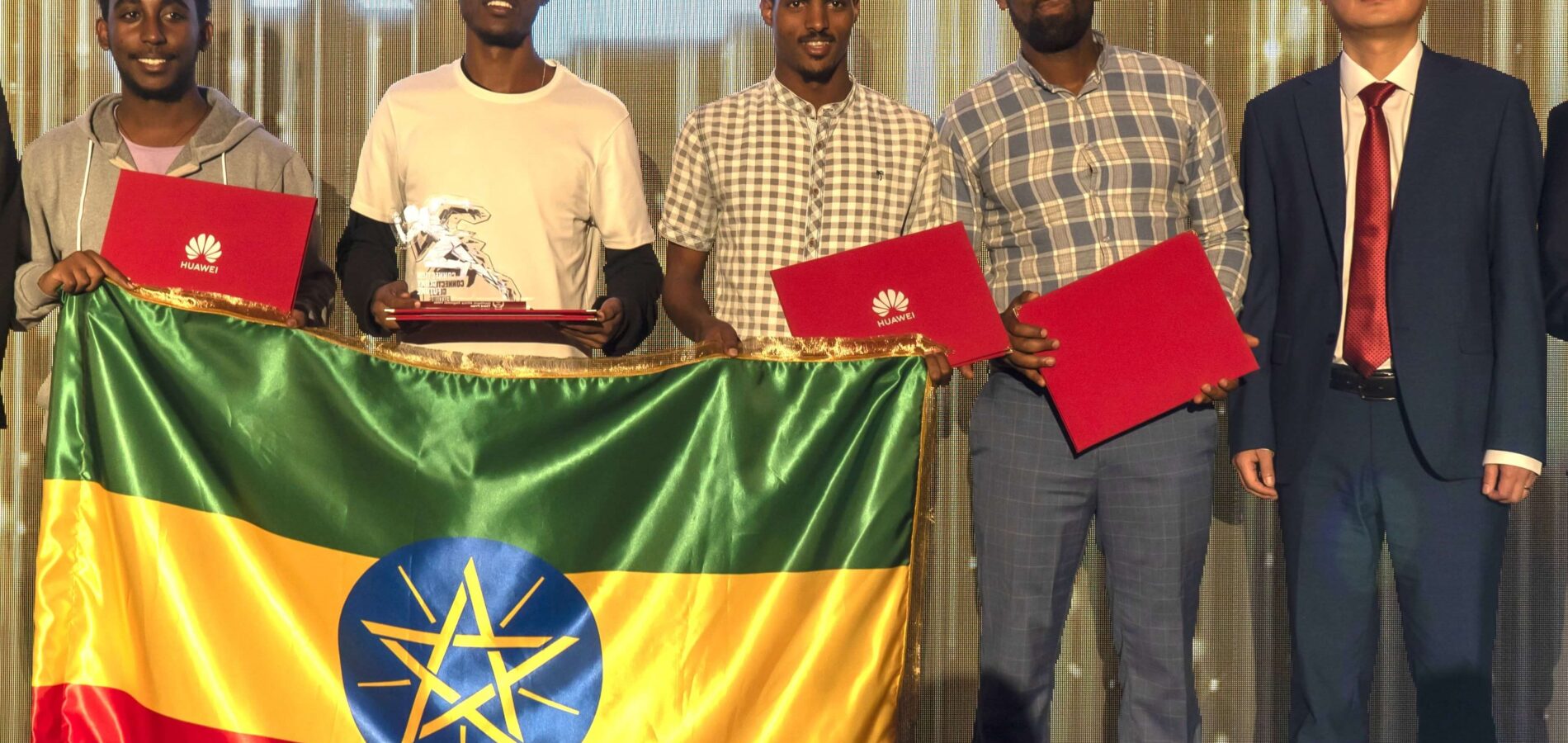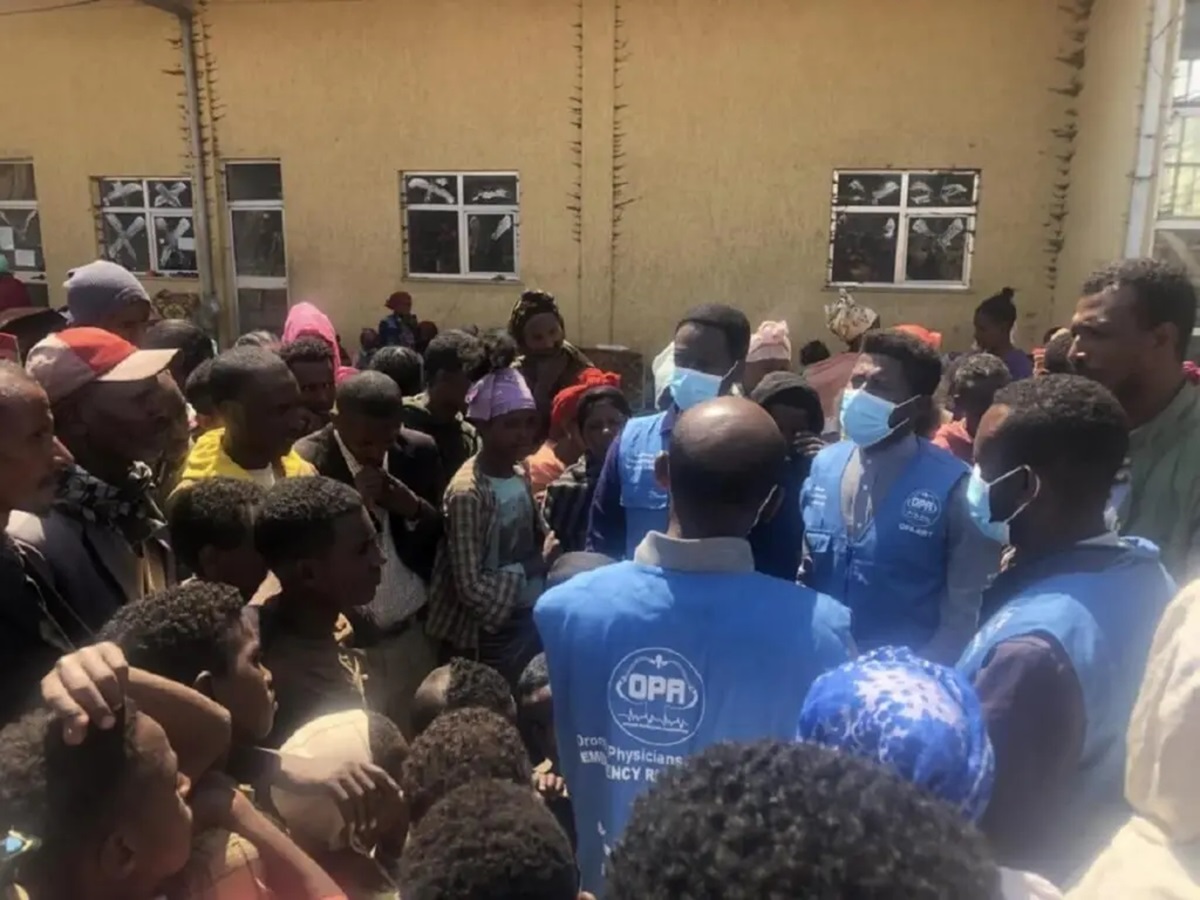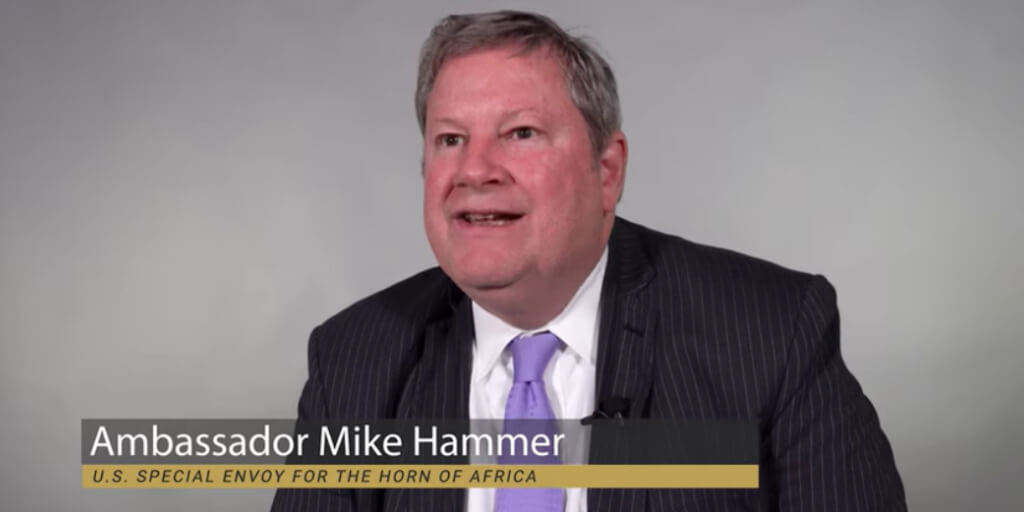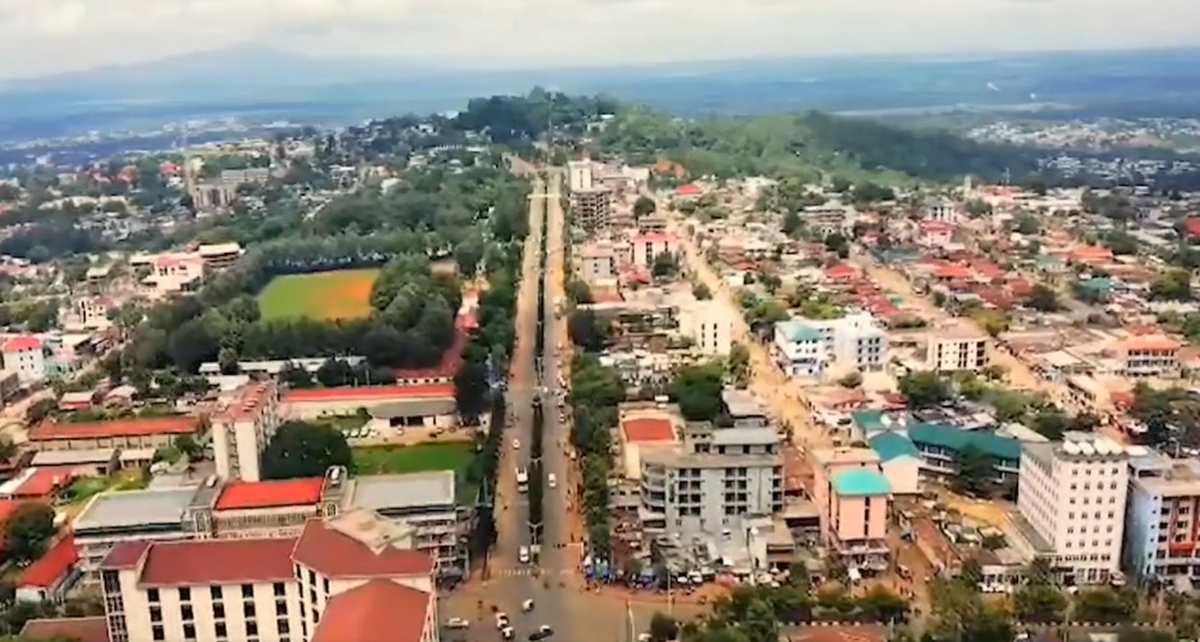Bilalul Habeshi Community Museum: A standing storyteller named after an African pride in the ancient Arabian Desert

By Etenesh Abera @EteneshAb
Addis Abeba, September 2021 – Ethiopians were among the first people to convert into Islam after accepting and accommodating the companions of Prophet Mohammed. During a war against Islam, the companions of the prophet set their foot to the then Axumite kingdom seeking a safe haven after the prophet sent them telling they would rather find welcoming people. And were able to settle peacefully, leading to establishment of the historical Alnejashi mosque in Tigray. It was also believed that the first mu’azzin, a person who calls for prayer in the Islam, was Bilala al-habeshi, also known as Bilal ibn Rabah,a freed Ethiopian slave who lived from 580-640 and was faithful to the Prophet Muhammad.
Ethiopia has become a model of peaceful coexistence of religions for this and other historic reasons. Ethiopia has also long historic ties with Islam, which has a large number of followers and is the country’s second most populous religion.
Addis Abeba, the capital of Ethiopia and a home to several international, continental and national institutions, is also a popular destination for tourists and visitors who come to see the various historical, archeological, natural, spiritual, and cultural museums housed there. Bilalul Habeshi Community Museum, named after Bilala al-habeshi, is one of the museums founded to display and share the history of some of Ethiopia’s Islamic heritages.
Bilalul Habeshi Community Museum is located in Mekanisa, one of the capital’s most active areas, where several embassies, business, and services are entrenched along the crossing road. The museum is located on the first floor of the Bilalul Habeshi building, owned by an Islamic social association called Bilal Association, which is better known by its local name as Bilal ‘Edir’. Apart from the museum, the building houses other facilities of the association that is most notably recognized in the area.
Ancient inscriptions printed in books of made from goat’s skins are among religious, historical, and cultural relics and heritages on display at the museum. According to Adem Mohammed, the museum’s chief administrator the museum’s different sections display heritages, antiques, and manuscripts collected in three ways: from individual donations, borrowing, purchasing them from other parties’ holdings.
Imagery of architectural collections
The architectural collections’ section is located at the museum’s entrance, past the reception area. Visitors will see photographs of historical mosques, tombs, and pictures of other religious sites in Ethiopia, which displays the historical growth of Islam in Ethiopia. Scenes of several tombs from the eighth centuries are among the noteworthy photography exhibitions in this area.
The photographic sceneries of this part include the 1400 years old Al Nejashi mosque, the first mosque in Ethiopia located in Tigray Region, Goze ancient mosque located in Shewarobit town of the Amhara Region that dates back approximately 1300 years, and other historic mosques. Along with the photo shows of Sof-Omar cave (the deepest cave system in the country), Dere Sheikh Hussen _ one of the ancient mosques and tombs found in Bale Zone of Oromia Regional State aged more than 900 years _ is also seen. According to Adem, this section of the museum shows the ancient Islamic faith leaders and forebears in the area known for their building and architectural skills. Another interesting piece to see in this section is the replica of a letter sent by Prophet Mohammed to King Al Najashi. The urbanization of Harar along with their cultural attire and traditional cuisines are well documented in the museum with images and books.
Photo show of prominent religious leaders
The other section has framed imagery of notable Islamic religion figures, Sheikhs, Imams, elders and others who are remembered for their teachings locally and worldwide. These notable individuals are also known for their dedication to writing historical books on Ethiopia in Arabic.
Hajji Mohammed Sani, one of whom is depicted in framed image in the section, is most known for writing the first translation of Quran from Arabic into Amharic and for being an expert in both secular and religious teachings.
Sheek Bekeri Sapolo, was also a notable religious leader and linguist who developed his own Afaan Oromoo teaching alphabet, also known as Qubee from Latin alphabets, and used them to teach the local community.
The museum also has a photograph of Addis Abeba’s first mosque, which was built during the reign of Minillik II.
Manuscript and Islamic writings
The museum’s other corner houses collections of manuscripts and Islamic literature including photos from the 1974 Islamic peace and letters to the government requesting that Islamic festivals to be declared national holidays. Another archival document on display for visitors on the museum is the founding documents of Ethiopian Islamic Affairs Council. The museum also has images of leaders from many Islamic countries such as Libya’s Mu’ammar Gaddafi, Palestine’s Yasser Arafat, Saudi Arabia’s, Sudanese, and Yemeni’s leaders who visited the country.
In this the section where visitors see manuscripts of Islam, the Holy Quran translation, which dates back more than 500 years and was written by hand on imported paper, was displayed. It also has a collection of Saint Teklehaimanot Orthodox Christian prayer books written in Arabic. In the museum, there are more than 200 manuscripts.
The museum also houses Selewat books written in honor of Prophet Mohammed, Menzuma collections from the former Wollo province, Silte, Gurage, and other parts of the country. Other collections of different Islamic newspapers, magazines and books are also archived and available for the visitors.
Religious leaders’ attire and Islamic utensils
Historical clothing from all Islamic religious figures is displayed in this area of the museum. There, a praying kitab and other personal utensils are displayed in a closet frame, protected. Harar’s ancient clay works are among the most unusual in the section. The museum also has a collection of different jewelries that are worn during Islamic festivals.
Collection of coins dating back to centuries from Aksumite Kingdom and Shewa Sultanate are the other archives in the Museum. Coins from the Hareri Amir Abdullahi time are kept as historic artifacts.
According to Adem, the museum›s guide, the museum is crucial for research and studies. He explains that they are working on raising awareness and advertising through various media platforms, including social media, in order to increase the number of visitors, which currently limited to not more than ten per day; and educate the the community about the importance of heritage protection and preservation while learning about one’s history. Adem goes on to say that they intended to amass more collections of historical and religious significance that can show Ethiopian history as a whole.
Mohammed Kassa, the museum and association communication consultant emphasizes the importance of museums established by such associations.
“We do a few museums in Addis Abeba, but Billalu Al Habeshi is different and unique in terms of its establishment and collections, which are well documented and include historical and religious heritages of the Holy Quran, Haddis and other Islamic books.’’ According to the consultant, the city needs an inclusive museum as the country is diversified with rich history, which however, is not documented well. Mohammed goes on to say that Ethiopian Muslims have played a critical role in the country›s development for the last 1400 years. Practicing Islamic governance system named Fikke, building palaces, nation building, trade activities, religious teaching locally and internationally were some activities that were not well documented. “It could seem religious but everyone should be responsible to protect and record history and pass to the next generation,” says the consultant. According to Mohammed, the museum has a wide range of religious and non-religious books, including philosophical and ancient medication books with rich knowledges of contagious disease preventions.AS
Editors Note: This article was originally published on Addis Standard print magazine February edition









